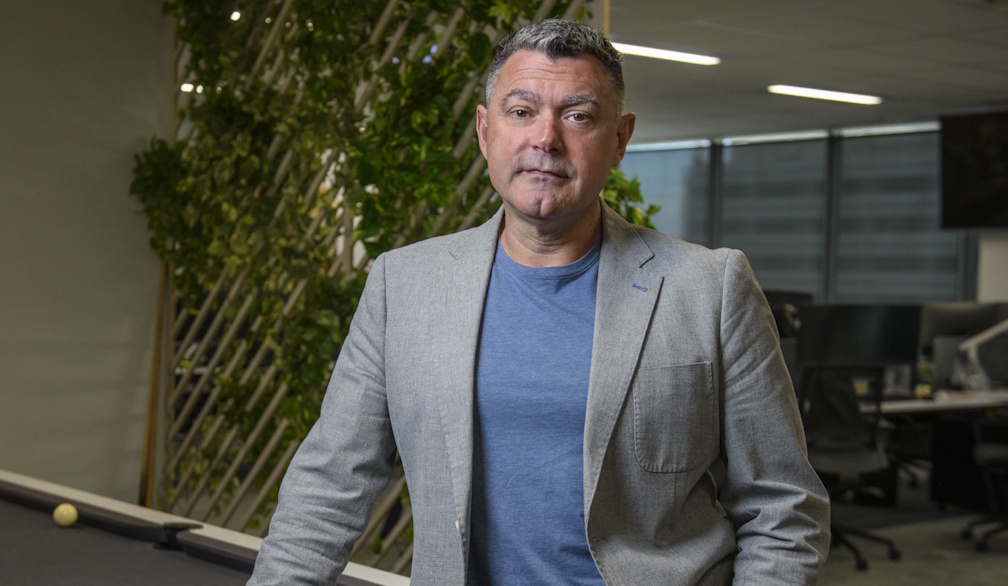The states want a bigger say in skilled migration – but doing that actually leaves them worse off
- Written by Brendan Coates, Program Director, Economic Policy, Grattan Institute

State and territory governments have long wanted a bigger say in Australia’s migration system. But our latest report[1] shows states would actually be better off if the federal government no longer allowed them to nominate which skilled migrants they want.
Migrants selected by state governments for state and regional points-tested visas work in less-skilled jobs, and earn less over their lifetimes than other skilled migrants.
In the 2024–25 planned permanent intake, state and regional visas will account for 50% of all skilled visas[2].
State and territory governments say they use these visas to meet workforce needs and promote regional population growth, including by giving priority to international graduates from their local universities.
Some state and territory governments have created their own skilled occupation lists, and even operate their own points tests, to help select applicants for these visas.
But the system isn’t working well – and among the biggest losers are state governments themselves.
State governments select less-skilled migrants
State and territory governments routinely select less-skilled visa-holders, who score fewer points than skilled independent visa-holders.
For the skilled independent visa, the federal government typically selects the applicants with the most points.
But for state or regional points-tested visas, state and territory governments can nominate any applicant who scores more than 65 points.
And nominated applicants receive additional points – five points for a state visa, and 15 points for a regional visa. That means applicants can secure a state or regional points visa even if they score fewer than the minimum 65 points.
About 57% of successful recent applicants for a regional visa scored 65 points or fewer. That compares with 12% for independent points visas, and 30% for state points visas (after subtracting the points for a state or territory nomination).
State and regional points visa-holders earn less
Unsurprisingly, state and regional points visa-holders typically earn less. They generally work in lower-skilled jobs than other skilled migrants.
The typical regional points visa-holder earns A$24,000 less each year – and state points visa-holders A$6,500 less – than migrants selected via the skilled independent program.
State and especially regional points visa-holders also earn less, on average at each age, than skilled independent visa-holders who are also working in regional areas.
Many regional visa-holders struggle and few stay for long
For many years, governments have tried unsuccessfully to get migrants to remain in the regions by requiring them to live in regional areas when they arrive.
But pushing migrants to live in the regions for at least three years – a condition of the regional visa – often harms their long-term career prospects, and those of their families.
Spouses of primary regional visa-holders, in particular, earn less than spouses of other skilled visa-holders. They generally have worse employment outcomes.
And many regional points-tested visa-holders do not stay in the regions for long. One recent study[3] found about 50% of migrants who settled in outer regional, remote, or very remote areas had left within five years.
Whatever the merits of regional development policies, pushing skilled visa-holders to the regions appears a very expensive way of achieving them.
State governments are among the biggest losers
Ironically, state governments are among the biggest losers from a system that empowers them to select less-skilled migrants for permanent visas.
Skilled migrants typically provide a large boost to government budgets over their lifetimes because they pay more in taxes than they receive in government services. About one-third of that boost typically accrues to state governments.
But the size of that budgetary boost rises the more skilled the migrants are who are granted permanent visas, and the higher incomes they earn.
Each primary applicant for the state and regional points visa streams boosts Australian government budgets by A$363,000 (in today’s dollars) over their lifetimes in Australia. That compares to an average of $489,000 for skilled independent visa-holders.
If state and regional visas were allocated to skilled independent visa-holders, the lifetime fiscal dividend from each annual permanent skilled migrant intake would be A$7.3 billion higher in today’s dollars.
State and regional points-tested visas should be abolished
The federal government should abolish state and regional points visas and expand the number of skilled independent points visas granted each year.
This change would ensure all points visas were ranked, with those getting the most points being more likely to be selected.
Together with our recommended reforms to the points test, this would result in Australia selecting a more skilled migrant cohort for the limited number of permanent skilled visas offered each year.
State governments would be among the biggest winners from our proposed reforms. Abolishing the state and regional points visas and reallocating those places to the skilled independent program would boost Australian government budgets by a combined $87 billion over the next three decades.
These gains would be invaluable for state governments grappling with the debt overhang from the pandemic, and the long-term budgetary costs of an ageing population.
These reforms wouldn’t affect the supply of essential workers, including in regional Australia, since only a small share of health and education workforces recently held state or regional points visas, including 1.1% of doctors, 2.2% of nurses, and 0.7% of other health professionals.
And these reforms would enable state governments to redirect public servants currently employed to nominate and process state-sponsored migrants, assisting with employer sponsorship[5] and attracting highly skilled prospective migrants to work in their state.
Our reforms would result in Australia selecting more-skilled migrants for the limited number of permanent visas available each year.
And state governments would be among the biggest winners.
References
- ^ latest report (grattan.edu.au)
- ^ 50% of all skilled visas (immi.homeaffairs.gov.au)
- ^ study (www.researchgate.net)
- ^ Siyanight/Shutterstock (www.shutterstock.com)
- ^ employer sponsorship (immi.homeaffairs.gov.au)
Authors: Brendan Coates, Program Director, Economic Policy, Grattan Institute














